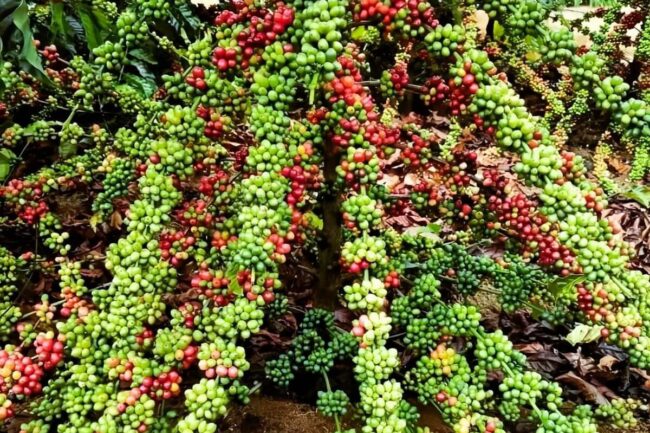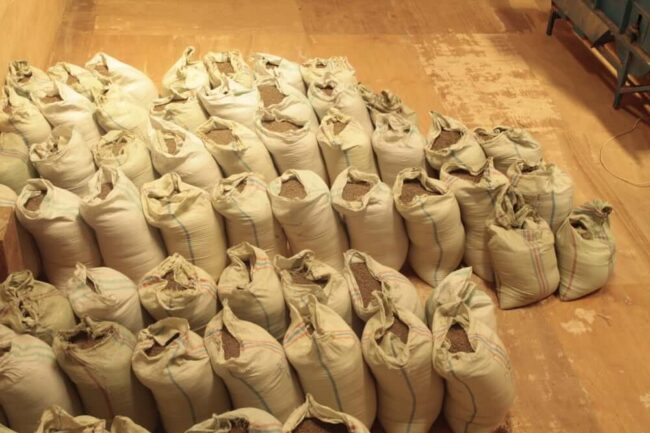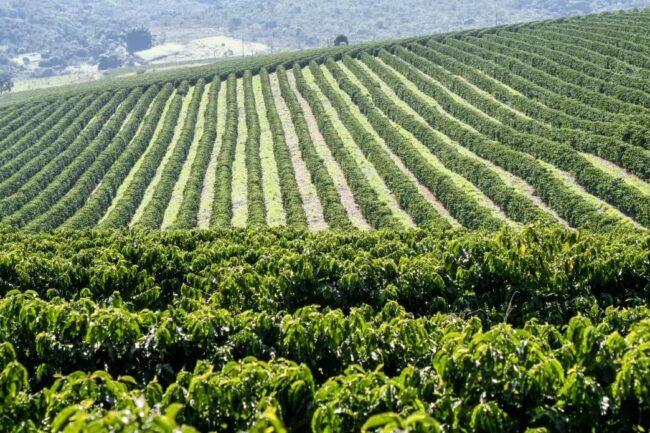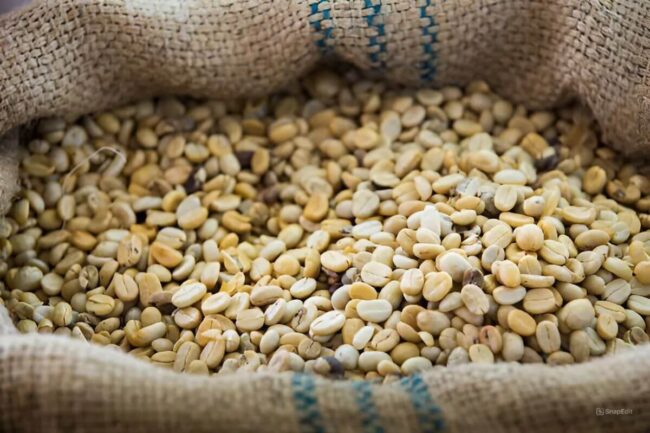March arabica coffee (KCH23) on Tuesday closed down -5.05 (-2.94%), and Mar ICE robusta coffee (RMH23) did not trade Tuesday, with UK markets closed for the Christmas holiday.
Arabica coffee Tuesday was under pressure from a -1.3% decline in the Brazilian real (^USDBRL) to a 1-week low. A weaker real encourages export selling from Brazil’s coffee producers.
In another bearish factor, ICE arabica coffee inventories have risen steadily since falling to a 23-year low of 382,695 bags on Nov 3 and posted a 5-1/2 month high of 788,275 bags last Thursday.
Coffee prices have support after the USDA, in its bi-annual report released last Wednesday, cut its global 2022/23 coffee production estimate by -1.3% to 172.8 mln bags from a June estimate of 175.0 mln bags. In addition, the USDA cut its 2022/23 global coffee ending stocks estimate by -1.7% to 34.1 mln bags from a June estimate of 34.7 mln bags.
A bullish factor for arabica coffee was slightly drier-than-normal conditions in Brazil last week. Somar Meteorologia reported Monday that Brazil’s Minas Gerais region received 31.7 mm of rain last week, or 72% of the historical average. Minas Gerais accounts for about 30% of Brazil’s arabica crop.
Robusta has support from ever-tighter coffee inventories as ICE-monitored robusta coffee inventories last Monday sank to a 4-1/2 year low of 6,470 lots.
On the negative side, Conab on Dec 15 raised its 2022 Brazil coffee production estimate to 50.9 mln bags from a 50.4 mln bag estimate in Sep, up +6.7% y/y.
A bearish factor for robusta is ample coffee supplies from Vietnam. The General Statistics Office of Vietnam reported on Dec 8 that Vietnam’s Jan-Nov coffee exports were up +13.4% y/y at 1.58 MMT. Vietnam is the world’s biggest producer of robusta coffee beans.
The International Coffee Organization (ICO) reported on Dec 2 that global coffee exports in Oct fell -1.9% y/y to 9.87 mln bags. Also, the Colombia Coffee Growers Federation last Monday reported that Colombia’s Nov coffee exports fell -25% y/y to 854,000 bags. Colombia is the world’s second-largest producer of arabica beans. Meanwhile, Cecafe reported on Nov 17 that Brazil’s Oct green coffee exports fell -2.9% y/y to 3.18 mln bags.
In a bullish factor, the USDA’s Foreign Agriculture Service (FAS) on Nov 22 cut its Brazil 2022/23 coffee production forecast by -2.6% to 62.6 mln bags from a prior estimate of 64.3 mln bags. This year was supposed to be the higher-yielding year of Brazil’s biennial coffee crop, but coffee output this year was slashed by drought.
__
Rich Asplund – Barchart




